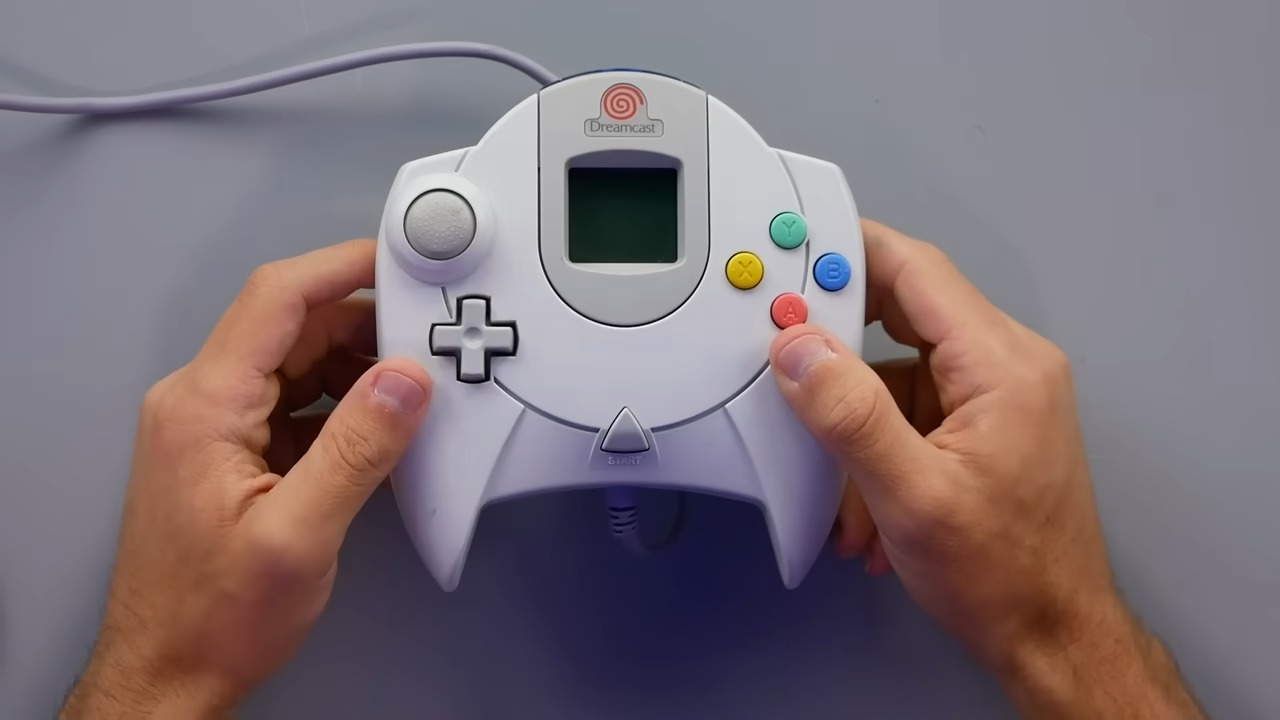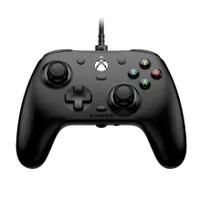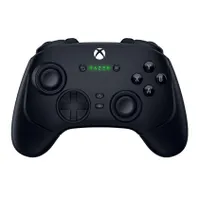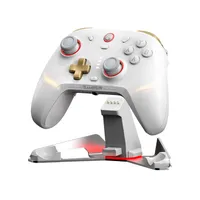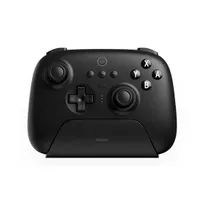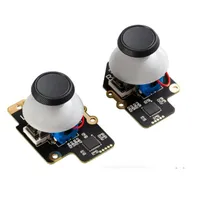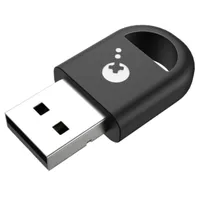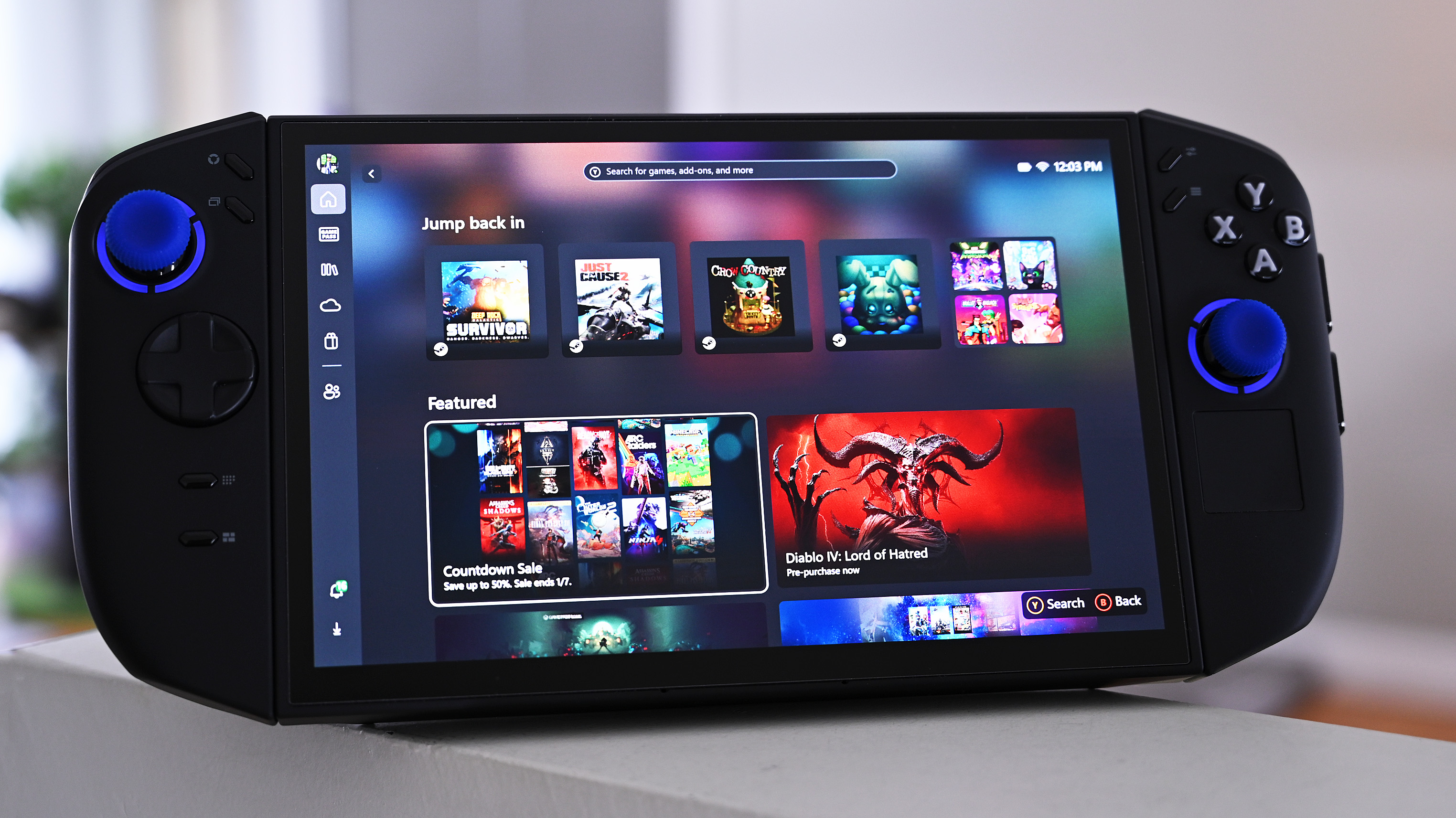What is a Hall Effect controller anyway, and do I really need one?
Why should I care about stick drift?

Every so often, a brand will release a controller, claiming that it is the answer to gamers’ prayers with its various bells and whistles. One such feature that’s often marketed as ‘for the pros’ is the inclusion of Hall Effect sticks. But what are they? And do you really need them, considering that the majority of controllers don’t feature them? I'm going to try to answer that question, and give you some options if you want to step into the world of magnetic mechanisms in your controllers.
What are Hall Effect joysticks? How do they differ from analog?
Hall Effect joysticks are a type of joysticks that use magnets and electrical conductors to measure their position, distance, and movement when in use. Unlike standard analog sticks, which use electrical resistance to detect movement, Hall Effect joysticks have no physical contact between the moving parts. This means that they do not wear out easily, and they do not develop stick drift, which is a common pain point for gamers. Stick drift is when the stick starts to behave unpredictably and causes unwanted movement in your game.
The term Hall Effect itself comes from the physicist who first discovered this phenomenon, Edwin Herbert Hall. In 1879, he observed that a voltage difference was generated across a conductor when it was placed in a perpendicular magnetic field. This voltage difference, or Hall voltage, is caused by the force that the magnetic field exerts on the moving electric charges in the conductor. The Hall Effect can be used to measure the type, number, and properties of the charge carriers in different materials, as well as to detect the presence of a current or a magnetic field. The Hall Effect is an important concept in physics and engineering, and it has many applications in sensors, switches, transducers, and devices.
Analog sticks use potentiometers, which are devices that change their electrical resistance as you turn them. The stick has two potentiometers, one for the horizontal axis and one for the vertical axis. Generally, this is a much cheaper system and is why it's used in most controllers. You may be surprised to learn that Hall Effect controllers are not a new invention. In fact, Sega had it in its Dreamcast controller in 1998, it's just not widely used because it's not the cheapest option.
Why should I care about Hall Effect sticks on a controller?
With Hall Effect sticks, because of their lack of reliance on physical contact between components, you’re going to get a much longer lifespan for your controller.
Using the Nintendo Switch as an example here, the original Nintendo Switch was notorious for getting stick drift on their joycons within a year of using the device. I myself, as a casual Animal Crossing player, even experienced this. Perhaps the combination of being a controller with motion controls means they have to use analog sticks to keep the costs down, but for now they have acknowledged the issue and offer a free joycon repair program for customers even outside of the warranty period. Many people simply use a third-party controller when the Switch is docked, and there are many Hall Effect controllers on the market that work with the Switch.
In addition to a longer lifespan, Hall Effect sticks are more responsive and accurate. If you’ve ever suffered from deadzone when playing on a controller (Resident Evil 4, I’m looking at you), you may not know that this is because deadzone is built into standard analog sticks on controllers to account for the inevitable stick drift that will occur after long use. There isn’t really a requirement for this on a Hall Effect stick controller, so the dead zone is minimal.
All the latest news, reviews, and guides for Windows and Xbox diehards.
What about TMR controllers?
TMR stands for Tunneling Magnetoresistance, and like Hall Effect, it's a contactless magnetic sensing technology — just a bit more futuristic. Instead of detecting magnetic fields through voltage changes (like Hall Effect), TMR measures changes in electrical resistance caused by magnetic fields. The result? Even greater precision, better responsiveness to tiny movements, and lower power consumption, making it an ideal fit for wireless controllers.
TMR sensors are more expensive to implement, which is why they’re still relatively rare in consumer gaming gear. But they are out there. Controllers like the PB Tails and GameSir Cyclone 2 are already using TMR sensors, pushing beyond even Hall Effect in terms of performance. So while Hall Effect is a great upgrade over analog sticks, TMR might just be the next evolution.
What gaming handhelds have Hall Effect sticks?
There are actually only a few gaming handhelds that have implemented Hall Effect sticks, which is disappointing given the high cost. The Lenovo Legion Go, and the Lenovo Legion Go S both have Hall Effect sticks.
The Nintendo Switch (and the Nintendo Switch 2 when launched) do not have Hall Effect. The Steam Deck, the ROG Ally and ROG Ally X also do not have Hall Effect sticks. You can however upgrade them yourself using Gulikit for $19.99 if you are feeling brave.
Lesser known brands like the abxylute one pro are launching handhelds soon with Hall Effect, and there is the AYANEO range which implements Hall Effect.
What controllers have Hall Effect?
Herein lies the issue, depending on where you prefer to play your games, there may or may not be huge options for Hall Effect on your platform. There are a plethora of controllers out there for PC and Switch, but not so much for Xbox and PlayStation consoles if you want wireless options. Xbox still officially doesn't even have a Hall Effect controller, but there are options from third parties.
GameSir do some reasonably priced wired and Hall-Effect controllers for Xbox. It's first, the G7 SE Wired Controllerwas the first controller compatible with Xbox that had Hall Effect sticks. Since then we now have the even better G7 HE Wired that comes with nifty mechanical buttons, and it costs a very reasonable $49.99.
The GameSir G7 HE is the latest in the G7 range, a wired Xbox controller with hall effect sticks at a pleasing price point. Upgrading the face buttons from membrane to microswitch from the older model, if you liked the SE you will love the HE.
Full GameSir G7 HE Review ⭐⭐⭐⭐
If it's wireless Xbox Hall Effect you are looking for, these will cost you more but you'll get much better features packed in than the similarly priced Xbox Elite Series 2 controller (which is notorious for being returned to Amazon).
There are few available now, such as the Turtle Beach Stealth Ultra, and the Victrix Pro BFG, but the best choice in the higher price range, is the Razer Wolverine V3 Pro for $199.99.
Razer's first wireless Xbox controller which packs hall effect sticks, Razer mouse switches, HyperSpeed wireless, and a crazy 1000 Hz mode on PC.
Razer Wolverine V3 Pro Review ⭐⭐⭐⭐1/2
If it's a Switch or PC you are looking for Hall Effect on, then you have many more options, I won't list them all, but here are our top picks.
With that aforementioned TMR technology that's even more advanced, this is an incredibly good value controller for PC with sticks that won't let you down. You can purchase without the magnetic stand to save $10 but for the sake of a few dollars I think it's worth the nicer presentation. Has 1000 Hz polling rate for ultra fast responses when used with a wire.
A top pick for Steam Deck, but can be used with Windows PC and Switch too, the compact 8BitDo controller comes with Hall Effect sticks, adjustable vibration and turbo functions. It lasts up to 20 hours on one charge and can also be used for mobile gaming. Oh and it comes with a cool charging dock.
Can I install Hall Effect sticks myself?
If you have the right tools, and more importantly skills, then yes you can just install Hall Effect sticks yourself. Many people do this with the Steam Deck to give their device more longevity, and Gulikit makes a kit for this that includes both left and right joysticks, a converter board and installation caps.
Approach with caution though as taking your Steam Deck or ROG Ally apart will void your warranty.
An affordable solution to prolong the life of your Steam Deck, these sticks won't drift and use electromagnetic induction, giving more accurate and reliable controls for your handheld PC.
Also available: ROG Ally $18.99 | ROG Ally X $19.99
Adapting your existing controllers
GuliKit has also made a clever adapter that will convert non-compatible controllers to work with Xbox or Playstation, so if you really want to use something other than the GameSir controller then you can just get one of these to open up your options and go wireless. Be warned though, there is a very small input lag, not enough that would be noticeable in the average game but not recommended for competitive shooters.
Allows the use of magnetic Hall Effect controllers on both Xbox and PlayStation, simply plug into your USB port and connect via Bluetooth.
Do I really need a controller with Hall Effect sticks?
In short, no of course not. The average, casual player would probably never notice stick drift in a controller, or at least once they did wouldn't bat an eyelid at just replacing that controller after a reasonable amount of use.
Hall Effect controllers are not a necessity for most gamers, but they can offer some advantages over traditional analog sticks. If you play a lot of games that require precise and responsive movements, or if you want to avoid the frustration of stick drift and the hassle of replacing your controllers, Hall Effect technology might be worth considering, and it's getting much easier to find for all platforms.
It all comes down to preferences and needs, but I would like to see more console controllers start including Hall Effect as standard. If I'm spending money on an Elite controller for example, I'd like it to have this feature so I know I won't need to replace that controller in a year's time.
Do you use Hall Effect and does it have an impact on your purchase decisions? If so drop a comment!

Jen is a News Writer for Windows Central, focused on all things gaming and Microsoft. Anything slaying monsters with magical weapons will get a thumbs up such as Dark Souls, Dragon Age, Diablo, and Monster Hunter. When not playing games, she'll be watching a horror or trash reality TV show, she hasn't decided which of those categories the Kardashians fit into. You can follow Jen on Twitter @Jenbox360 for more Diablo fangirling and general moaning about British weather.
You must confirm your public display name before commenting
Please logout and then login again, you will then be prompted to enter your display name.
